The Meaning Behind “Barn Stars”

Adorning barn entrances with barn stars is a charming custom often encountered in rural landscapes. These celestial symbols take the form of either painted figures or constructed metal stars, with variations including hex signs or quilt patterns as popular alternatives. But these are not mere adornments; they hold deeper meanings that might come as a surprise to many.
The German-American farming communities accord great importance to these barn stars. Positioned prominently atop barns, these stars are believed to serve as talismans against malevolence or as omens of agricultural bounty. Each star, intriguingly, boasts its own unique symbolism, expressed in a spectrum of colors.
For example, a barn star tinged with green is thought to bring fertility and vigorous crop growth. Blue or black barn stars offer a protective embrace for the farmer, their family, and their livelihood, while a brown star represents the warmth of friendship. Fascinating Origins of Barn Stars

Originating in the 1830s, barn stars have since become a stylish rural icon, particularly among the Pennsylvania Dutch and Amish communities. These symbols offer a nod to the European Germanic folk art traditions transported across the ocean. Living a life detached from modern conveniences and popular culture, the Amish are celebrated for their austere lifestyle.
It’s just one in a plethora of local traditions and customs that have been lovingly preserved over generations. The depth of meaning behind these symbols is enriched for those with familial roots entrenched in Pennsylvania Dutch heritage.
Patrick Donmoyer sheds light on the issue by clarifying the distinction between two intertwined traditions: “We have the barn stars on one hand, and the hex signs on the other,” he elucidates.
Symbolic Defense of Barn Stars
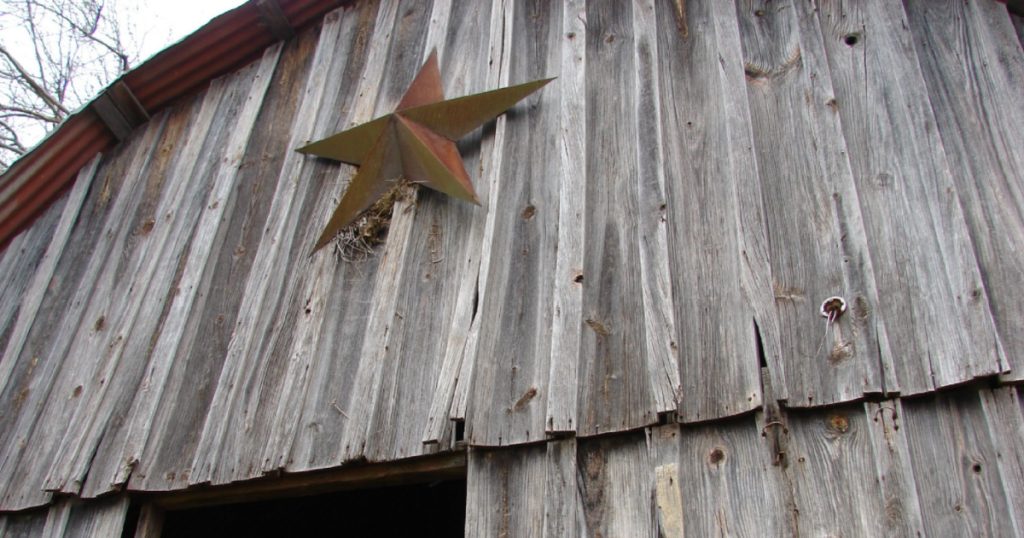
At Kutztown University, Donmoyer leads the Pennsylvania German Cultural Heritage Center. He explains that many of the hex signs are found in unexpected places, such as marriage certificates, where they are thought to bestow blessing on the union, or as grave markers, offering solace for the dead in the afterlife.
Superstitious customs have flourished for countless centuries, evolving to align with the needs of an ever-changing world. Contrary to what many might believe today, barn stars originally held no mystical “power.”
Donmoyer emphasizes, “They manifested as an element of the agrarian culture, separate from any supernatural connotations or beliefs.” The hex signs we see today originated somehow later, only becoming prevalent decades after barn stars had become a fixture on barns.
Hex Signs Represent a Separate Tradition
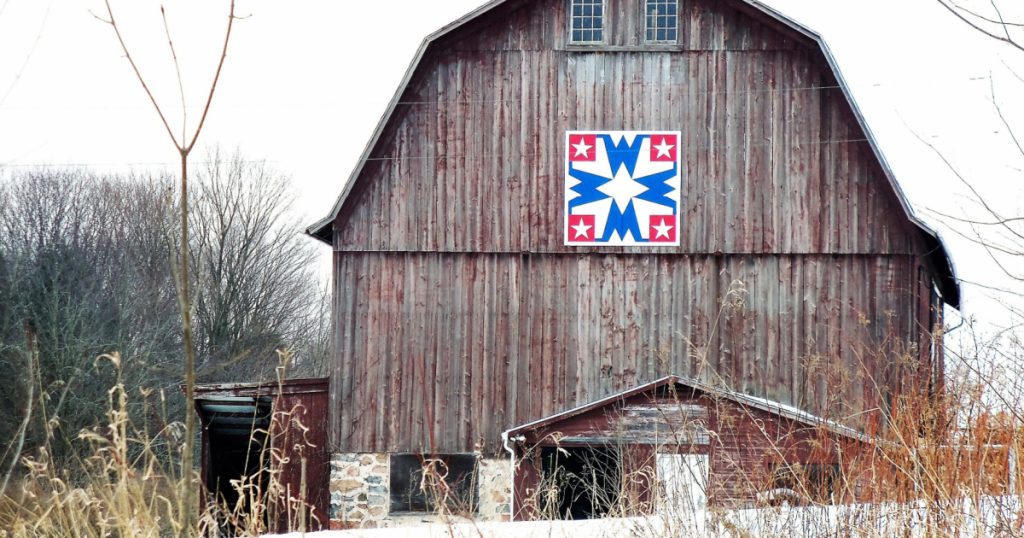
It was the interpretation of Wallace Nutting, a New England artist who visited Pennsylvania Dutch Country in 1924, that created a misunderstanding. The traditional quilt patterns or barn stars were reimagined into what he coined as hex signs.
“He was documenting something authentic, but the narrative got jumbled,” Donmoyer says. “The stars adorning barns were not the subject of his depiction – he mingled two distinct facets of the tradition together.”
By the 1950s, reinvention had taken place, with these designs now drawing tourists to the region. Barn stars and quilt patterns emblazoned on barns across Pennsylvania Dutch country signify a legacy of creativity, toil, and deep-seated traditions.
These emblems embody the deeply held culture and customs transmitted through the ages. Though they are oft-thought to repel evil forces, for the Pennsylvania Dutch, barn stars stand as a decorative homage to ancestral legacy and homeland.
Diverse Symbols, Universal Meanings
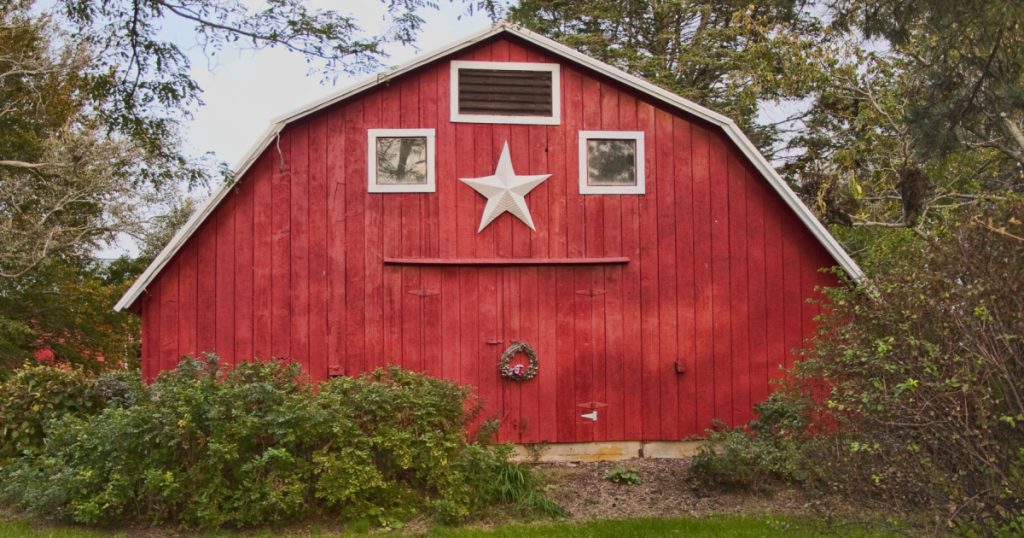
It’s clear that superstitions are woven into the fabric of history. Their intent spans from blocking malevolence to ushering in favorable fortune and joyfulness. It’s thus unsurprising that cultures around the globe boast their own sacred symbols, similar in purpose to barn stars, refined over time for spiritual defense and home sanctification.
Om
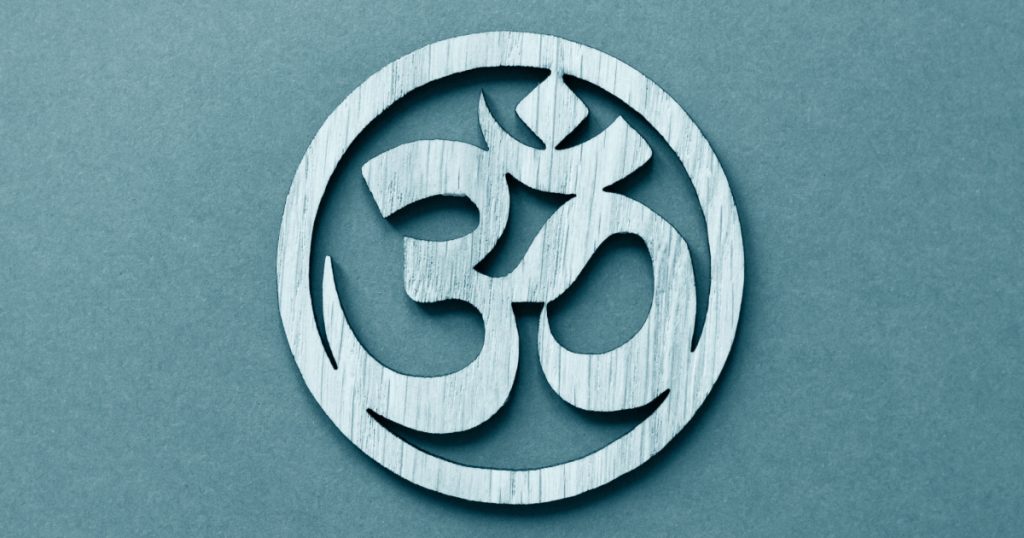
For instance, Om is a revered emblem often called upon for protection during spiritual endeavors like meditation. Beyond its auditory form, it has a visually symbolic facet believed to cleanse both mind and spirit, fostering a serene equipoise amidst life’s turbulence.
Eye of Horus
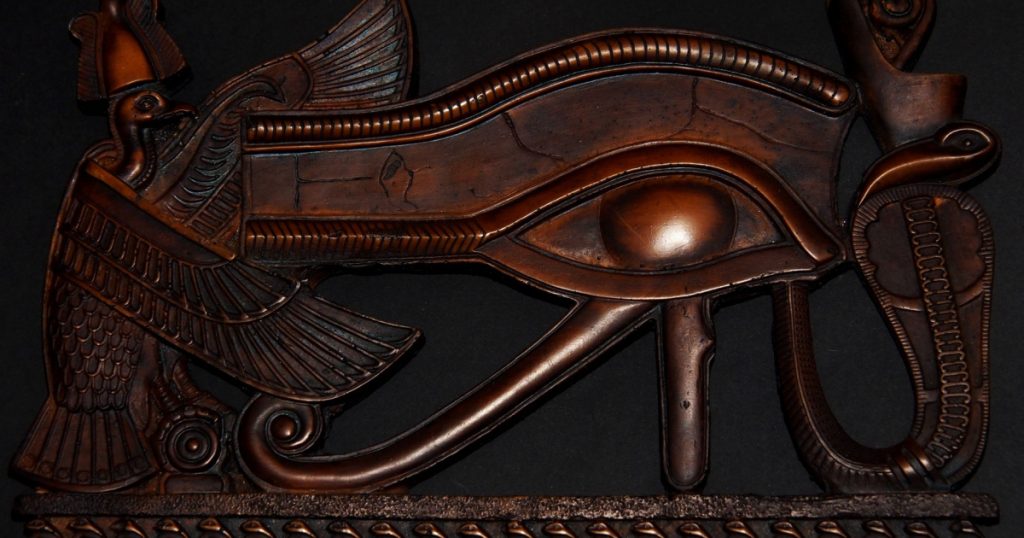
The ancient Egyptian Eye of Horus is yet another example. This mighty icon, often discovered in the artistic and personal adornments of old, is associated with holy protection and curative properties.
The Hamsa Hand, encountered in Middle Eastern and Mediterranean societies, is similarly believed to deflect evil and bring about health, fortune, and prosperity.
Turtle

Interestingly, the turtle carries sacred significance as well. Viewed by Native American and African cultures as a symbol of longevity, sagacity, fertility, and connection to the Earth, it holds a place of honor and reverence.
Fearsome Helm of Awe
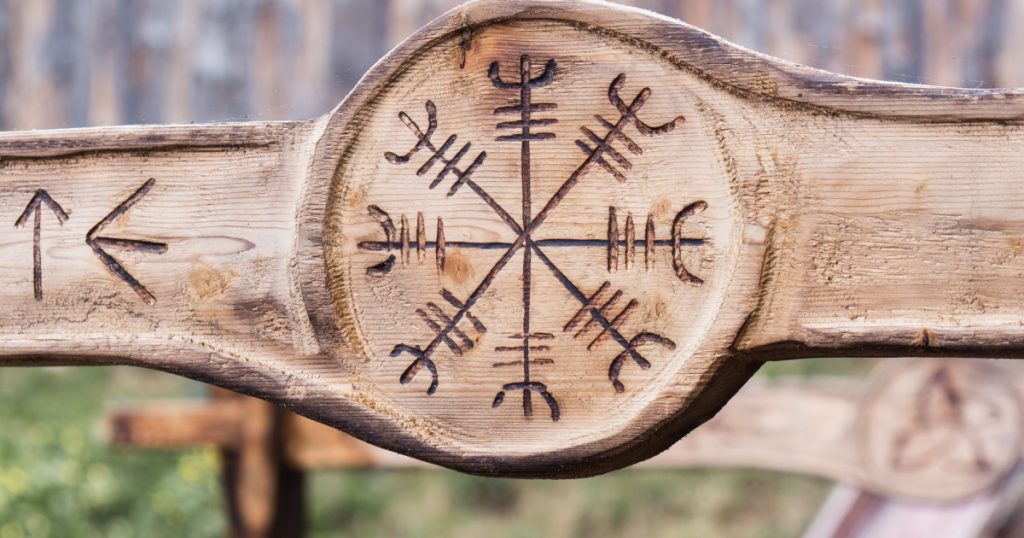
The Norse Helm of Awe, purportedly endowed to protect warriors on the battlefield, is said to strike dread into the hearts of their foes.
Common Threads Across Diverse Cultures
Though oceans and borders have historically separated societies, advances in technology now make it easier to identify common threads among various cultures and civilizations, each with its unique symbology and interpretations.
Nevertheless, each token is cherished for its promise of safeguarding, prosperity, and wellness, echoing our forbearers’ aspirations for the enduring well-being of our kin and community.
The rich tapestry of barn star history is interwoven with designs of profound beauty and elegant simplicity. Delve deeper into the art and inspiration behind these cultural icons with this video:



